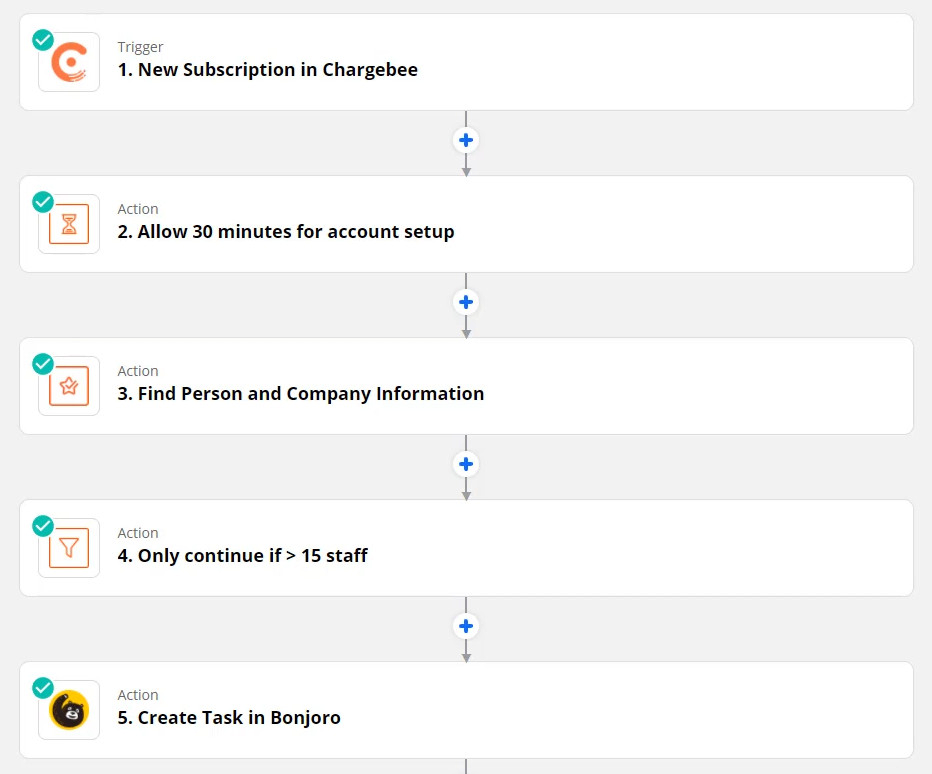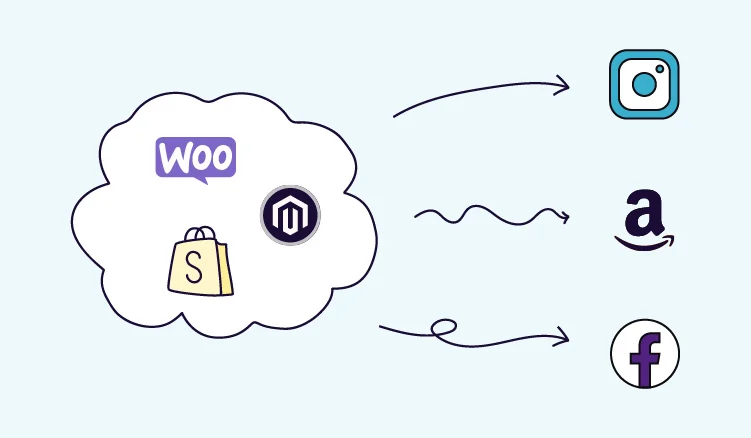The Power of E-Commerce Integrations to Boost Sales
Have you ever questioned why some online stores achieve soaring sales while others struggle to turn visitors into buyers? The answer often lies in the strategic use of e-commerce integrations.
According to recent studies, businesses that implement tailored e-commerce integrations see an average increase in sales of 50%. These integrations streamline operations, improve customer experiences, and open up new revenue streams. By the end of this article, you’ll understand exactly how to harness the power of strategic e-commerce integrations to transform your business.
What Are E-commerce Integrations?
E-commerce integrations are tools or systems that connect your online store with external platforms, applications, or software. These integrations enable seamless communication between different parts of your business ecosystem, from inventory management and customer service to marketing and analytics.
For example, integrating your online store with a Customer Relationship Management (CRM) system allows you to track customer behavior, personalize marketing efforts, and improve customer retention. The result? More sales and a stronger connection with your audience.
The Benefits of Strategic E-commerce Integrations

1. Enhanced Customer Experience
Customers expect fast, personalized, and seamless shopping experiences. Integrations with tools like chatbots, payment gateways, and shipping platforms ensure that your store meets these expectations.
For instance, integrating a chatbot can provide instant answers to customer queries, reducing cart abandonment rates. Similarly, adding multiple payment options via integration simplifies the checkout process, increasing the likelihood of conversion.
2. Streamlined Operations
Managing an e-commerce business can be overwhelming. Strategic integrations simplify tasks like inventory management, order processing, and accounting.
For example, syncing your store with an inventory management tool helps avoid stockouts or overstocking. This automation reduces manual errors and frees up your time to focus on growth strategies.
3. Improved Marketing Efficiency
Marketing integrations allow you to connect your store with platforms like email marketing software, social media ads, and Google Analytics. These tools help you target the right audience, measure campaign performance, and optimize strategies.
Imagine running an email campaign promoting a new product. Integrating your email marketing software with your store lets you track which customers open your emails, click links, and make purchases, giving you actionable insights to refine future campaigns.
Drive Sales with E-Commerce Integrations
1. Leverage Customer Data
Integrating your store with a CRM or analytics tool provides valuable insights into customer behavior, preferences, and purchasing patterns. Use this data to create personalized marketing campaigns and product recommendations.
For example, if your CRM reveals that a segment of your customers frequently buys fitness gear, you can promote complementary products like protein powders or yoga mats to them.
2. Automate Routine Tasks
Automation is a game-changer in e-commerce. Integrating tools for order processing, invoicing, and inventory updates ensures that these tasks are handled efficiently and accurately.
A good example is using an integration that automatically updates inventory levels in real time after a sale. This prevents overselling and enhances customer trust in your brand.

3. Optimize the Checkout Process
Cart abandonment is a major challenge for online stores, often caused by a complicated checkout process. Integrations with payment gateways, autofill address tools, and one-click checkout options simplify this process.
For instance, integrating a trusted payment gateway like PayPal or Stripe not only speeds up transactions but also adds a layer of security that builds customer confidence.
4. Expand Sales Channels
Diversifying your sales channels can significantly boost revenue. Integrating your store with platforms like Amazon, eBay, or social media marketplaces allows you to reach more customers.

For example, a clothing brand integrating with Instagram Shopping can showcase products directly on the platform, making it easy for users to buy without leaving the app.
5. Provide Real-Time Support
Customer support can make or break a sale. Integrating live chat or chatbot software ensures customers get instant help, addressing concerns that might otherwise lead to abandoned carts.
Zendesk and Tidio are popular examples of integrations that enable real-time support, leading to higher customer satisfaction and conversion rates.
Best Practices for E-Commerce Integrations
1. Start Small and Scale Gradually
While the prospect of multiple integrations is exciting, implementing too many at once can overwhelm your team. Begin with integrations that address your most pressing needs, then expand as your business grows.
2. Prioritize User-Friendly Tools
Choose integrations that are intuitive and easy to use for both your team and customers. Complex systems may slow down processes and discourage adoption.
3. Ensure Compatibility
Before implementing an integration, verify that it’s compatible with your e-commerce platform. Most major platforms like Shopify, WooCommerce, and Magento offer extensive app stores with verified integrations.
4. Focus on Data Security
Data breaches can damage your reputation and cost your business. Ensure that any integration you choose complies with data protection regulations like GDPR or CCPA.
5. Regularly Monitor Performance
Once integrations are in place, track their performance to ensure they’re delivering value. Use analytics tools to measure metrics like conversion rates, customer retention, and operational efficiency.
Consider a small online bookstore that struggled with managing inventory and processing orders. By integrating its e-commerce platform with an inventory management tool and a shipping service, the store reduced order errors and improved delivery times. The result? A 50% increase in sales within six months, driven by better customer experiences and streamlined operations.
Conclusion: Your Path to Increased Sales
Strategic e-commerce integrations are no longer optional, they’re essential for scaling your business and staying competitive. By enhancing customer experiences, automating tasks, and optimizing marketing efforts, these integrations can help you achieve a 50% sales increase or more.


1 thought on “Boost Sales by 50% with Strategic E-Commerce Integrations”